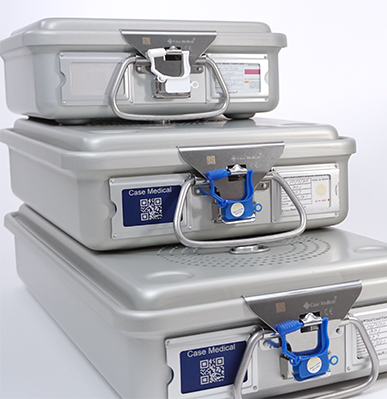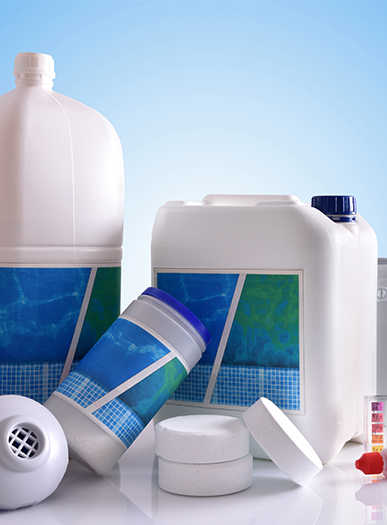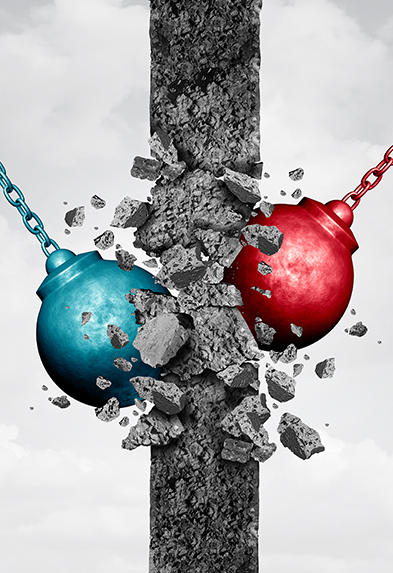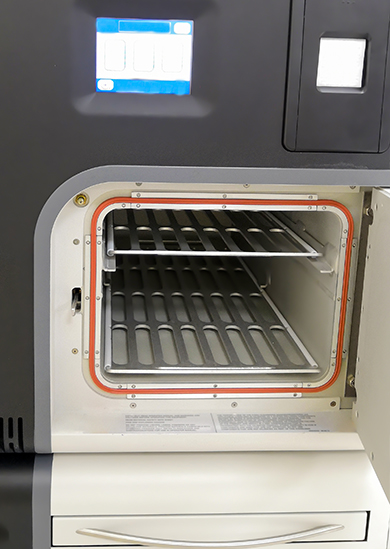
Containers Are Popular
During the past two decades, sterilization containers have replaced wrapped trays and even peel pouches. Containers come in a full range of sizes and configurations that meet the specifications of the devices to be sterilized. When compared to disposable wrap and peel pouches, containers save money, contribute to the bottom line, and provide the ultimate in instrument protection and sterility maintenance, but how long do they last? Years ago, we used to say that containers have an indefinite useful life. They are composed of materials that can last for years and are truly reusable. However, I personally, cannot say that anymore. What I can say is that chemicals can compromise the surface and eventually the function of sealed container systems, including ours.
SteriTite: Designed for Indefinite Use Life
While our SteriTite® containers were initially designed for steam sterilization with a claim of indefinite shelf life, I now can say that the useful life of reusable equipment including containers is truly up to you. How you handle them, how you clean them, how they are processed, the quality of the rinse water, and what chemicals you use makes the definitive difference. I’ve heard of facilities that have our containers in continuous use for nearly 20 years and I’ve seen some that look brand new even now. I learned just yesterday that a major medical center has used our SteriTite containers multiple times daily exclusively for low temperature (H2O2) sterilization for eight years and are only now showing surface degradation and experiencing cancelled cycles.


It's Always Chemical
Chemicals Reduce the Lifespan


Not All Containers Are the Same and Most Are Not Compatible In Low Temp Sterilizers
Visit us anytime at www.casemed.com to learn more about our products and services. We are here to help.
Kindest Regards,





